Refine search
Actions for selected content:
3391291 results
Racial Cues from Unfamiliar Sources and Their Effects on Americans’ Policy Preferences
-
- Journal:
- Journal of Experimental Political Science , First View
- Published online by Cambridge University Press:
- 10 October 2025, pp. 1-19
-
- Article
-
- You have access
- Open access
- HTML
- Export citation
Why participation? Institutions and inequality in urban politics
-
- Journal:
- Journal of Public Policy , First View
- Published online by Cambridge University Press:
- 10 October 2025, pp. 1-26
-
- Article
-
- You have access
- Open access
- HTML
- Export citation
Rice root aphids, Rhopalosiphum rufiabdominale, and cannabis aphids, Phorodon cannabis (Hemiptera: Aphididae), are parasitised by Aphelinus varipes (Hymenoptera: Aphelinidae)
-
- Journal:
- The Canadian Entomologist / Volume 157 / 2025
- Published online by Cambridge University Press:
- 10 October 2025, e39
-
- Article
-
- You have access
- Open access
- HTML
- Export citation
Coffee and health outcomes: a systematic review of Mendelian randomisation studies
-
- Journal:
- Nutrition Research Reviews / Accepted manuscript
- Published online by Cambridge University Press:
- 10 October 2025, pp. 1-50
-
- Article
-
- You have access
- Export citation
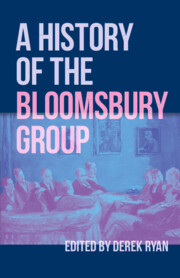
A History of the Bloomsbury Group
-
- Published online:
- 09 October 2025
- Print publication:
- 23 October 2025

American Modernism and the Cartographic Imagination
-
- Published online:
- 09 October 2025
- Print publication:
- 23 October 2025

The City's Defense
- The Bank of England and the Remaking of Economic Governance, 1914–1939
-
- Published online:
- 09 October 2025
- Print publication:
- 23 October 2025
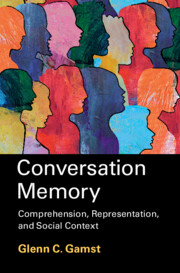
Conversation Memory
- Comprehension, Representation, and Social Context
-
- Published online:
- 09 October 2025
- Print publication:
- 23 October 2025

International Organizations Engaging the World
-
- Published online:
- 09 October 2025
- Print publication:
- 23 October 2025
-
- Book
-
- You have access
- Open access
- Export citation
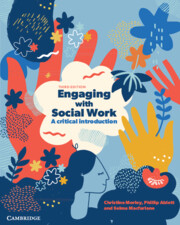
Engaging with Social Work
- A Critical Introduction
-
- Published online:
- 09 October 2025
- Print publication:
- 23 October 2025
-
- Textbook
- Export citation
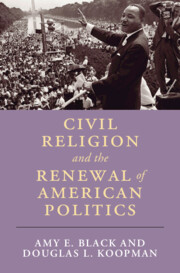
Civil Religion and the Renewal of American Politics
-
- Published online:
- 09 October 2025
- Print publication:
- 23 October 2025

Population Control as a Human Right
- International Law and the Global Quest to Curb Overpopulation
-
- Published online:
- 09 October 2025
- Print publication:
- 23 October 2025

The Recognition of Sovereignty
- Politics of Empire in Early Anglo-Scottish Literature
-
- Published online:
- 09 October 2025
- Print publication:
- 23 October 2025
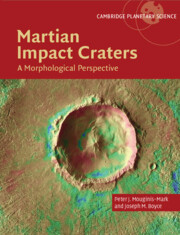
Martian Impact Craters
- A Morphological Perspective
-
- Published online:
- 09 October 2025
- Print publication:
- 30 October 2025

Science and Humanism
- Knowledge, Values, and the Common Good
-
- Published online:
- 09 October 2025
- Print publication:
- 23 October 2025
-
- Book
-
- You have access
- Open access
- Export citation
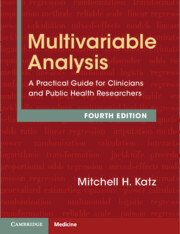
Multivariable Analysis
- A Practical Guide for Clinicians and Public Health Researchers
-
- Published online:
- 09 October 2025
- Print publication:
- 23 October 2025

Ancient Assyrians
- Identity and Society in Antiquity and Beyond
-
- Published online:
- 09 October 2025
- Print publication:
- 23 October 2025

The Strained Alliance
- George H. W. Bush, Yitzhak Shamir, and the US–Israel Special Relationship
-
- Published online:
- 09 October 2025
- Print publication:
- 23 October 2025
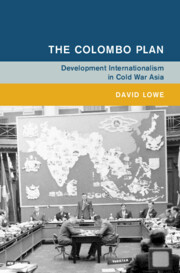
The Colombo Plan
- Development Internationalism in Cold War Asia
-
- Published online:
- 09 October 2025
- Print publication:
- 02 October 2025
4 - Sex Bargains
-
- Book:
- Risk and Resistance
- Published online:
- 10 September 2025
- Print publication:
- 09 October 2025, pp 83-108
-
- Chapter
- Export citation
